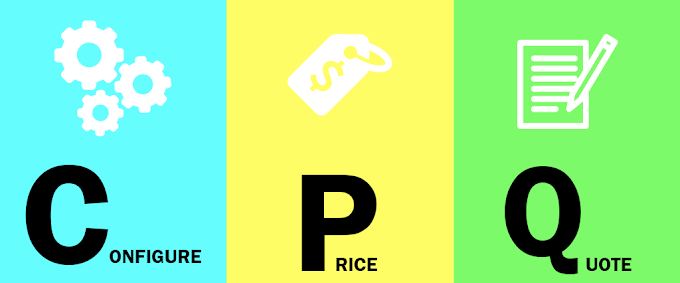Running a business with ERP and CRM as a standalone
systems can be extremely annoying. Your sales reps will have to enter data
manually in both the systems and face a hard time keeping track of sales. On
the other hand, integration will provide greater insights into your processes
and enable you to manage your business more effectively.
Here’s what you should consider before integrating both
the systems:
No Conflict
of Business Rules
Contact and account records are present in both ERP and
CRM applications. Customer information in ERP comes into picture when an order
is placed. ERP keeps track of purchase history, billing and shipping details.
On the other hand, CRM is more into understanding and storing prospect and
client data as well as in managing sales pipeline. So the business rules of
both the systems should not interfere or conflict with one another while
integrating the applications. This is critical to ensure smooth flow of data between
systems.
Ensure
Smooth Flow from Sales Quote to Order Fulfillment
With CRM integration
with ERP, the quotations that are created in CRM should be saved as orders in
the ERP application with a single click of a mouse. You certainly don’t want to
manually enter orders in ERP, once the quote is confirmed in your CRM system. So
the integration should automate the process and ensure seamless flow from quote
to cash.
Supports
Customization
You may want to add custom fields that are important for
your business in either or both the CRM and ERP systems. So make sure the
ERP-CRM integration supports your customization needs at every level.
Type
of Data
The main purpose behind ERP integration with CRM is to allow data to be easily accessible
to users of both the systems. For instance, when your sales team is using CRM
system they would like to access specific information such as billing
information, order status etc., from ERP systems. So before integration, decide
what kind of information should be easily visible from both the systems.





0 Comments